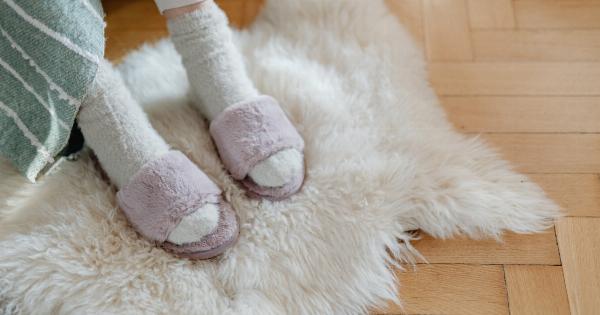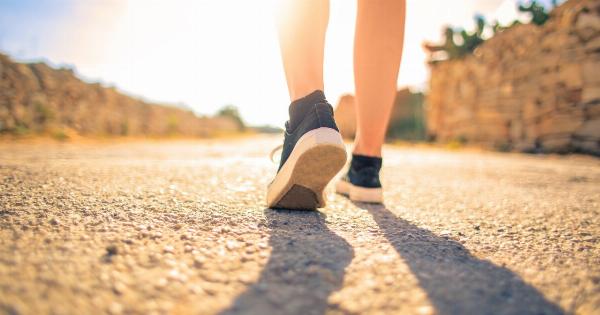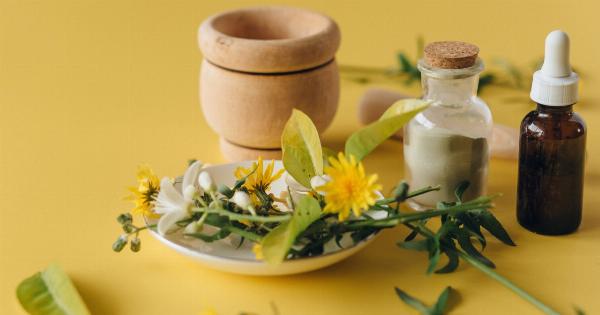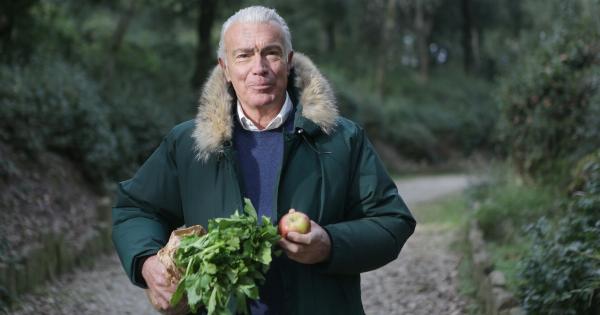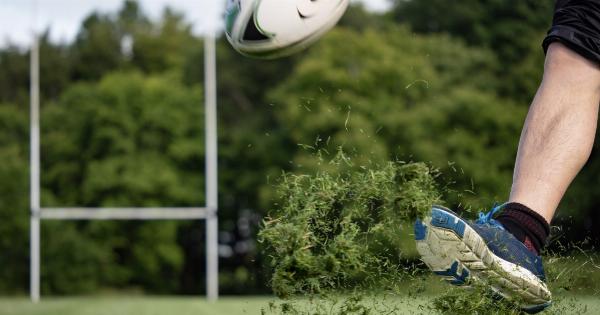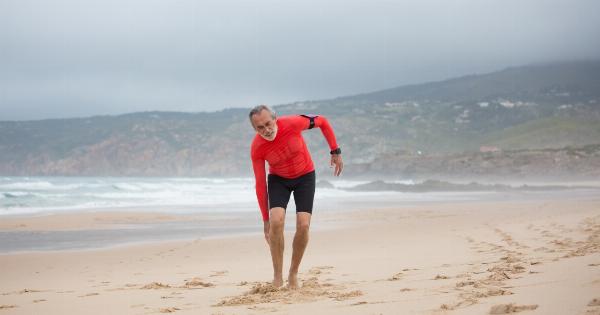The soles of your feet are prone to different types of diseases because of the ongoing pressure that they handle. The soles are responsible for supporting the body’s weight and are exposed to different types of surfaces wherever you go.
However, good hygiene, proper posture, and regular physical activity are some of the factors that help prevent common sole diseases.
Plantar Fasciitis
Plantar fasciitis is a foot condition that affects the sole of the foot’s arch and heel. The fascia is a thick band of tissue that connects your heel bone to your toes and is critical in bearing the body’s weight.
Preventing plantar fasciitis involves the following:.
- Wearing shoes that have arch support, cushioned soles and a comfortable fit.
- Stretching exercises such as calf stretches and toe stretches.
- Avoiding high-intensity activities such as running on hard surfaces for long periods without proper stretching.
- Maintaining a healthy weight to reduce pressure on the soles of the feet.
Ingrown Toenails
Ingrown toenails occur when the edge of the nail grows down to the skin around the toe instead of growing out. This is common in the big toe on either side. Prevention includes:.
- Trimming toenails straight across to reduce the chance of the nails growing into the skin around the toe.
- Wearing shoes that fit correctly and have enough space for the toes preventing crowding.
- Maintaining proper hygiene and regularly cleaning the toes to prevent bacterial infections — including soaking toes in warm water and using a topical antibiotic if necessary.
- Avoiding tight hosiery that puts pressure on the toes.
Athlete’s Foot
Athlete’s foot is a fungal infection that affects the toes. It’s a common condition that affects people who sweat a lot, wear unventilated shoes, or walk barefoot in moist areas such as a gym locker room. Prevention includes:.
- Keeping the feet clean and dry.
- Avoiding tight or unventilated shoes.
- Wearing socks made of breathable fibers such as cotton and wool.
- Avoiding sharing shoes with others.
Corns and Calluses
Corns and calluses are the body’s natural response to pressure that the feet undergoes. They are patches of thickened skin that are mostly painless. Prevention includes:.
- Wearing shoes that fit properly.
- Using padded inserts, which reduces pressure or friction.
- Soaking feet in warm water and regularly scrubbing the affected areas with a pumice stone.
- Moisturizing the feet to prevent dryness and cracking.
Bunions
Bunions are enlarged, bony bumps that develop at the base of the big toe, which pushes the toe towards the other toes. It’s mostly hereditary, but it can also be caused by wearing tight or ill-fitted shoes. Prevention includes:.
- Avoiding wearing shoes that constrict the toes.
- Wearing roomy shoes with a comfortable fit.
- Using padding to protect the bunions.
- Exercising the feet through regular physical activity and stretching exercises.
Flat Feet
Flat feet is a common foot condition where the arch of the foot is either flat or has a very low curve. It doesn’t necessarily cause problems; however, it can leave you prone to other conditions. Prevention includes:.
- Wearing shoes that provide arch support and cushioning.
- Maintaining a healthy weight, reducing the pressure on your feet
- Exercising your feet regularly.
Heel Spurs
Heel spurs occur when there’s an extra growth of bone on the heel bone. It often occurs on people with plantar fasciitis. Prevention includes:.
- Avoiding high-impact exercises that strain the heel such as running and jumping.
- Wearing shoes that fit correctly and have good arch support.
- Stretching exercises to improve flexibility in the feet.
Morton’s Neuroma
Morton’s neuroma is a foot condition that causes pain, numbness, or a burning sensation in the ball of the foot. It’s caused by the thickening of the nerve tissue between the toes. Prevention includes:.
- Wearing shoes that have a wide toe box and avoid high heels that cause pressure on the balls of the feet.
- Using custom-fitted shoe inserts to provide arch support.
- Taking anti-inflammatory medication.
Posterior Tibial Tendonitis
Posterior tibial tendonitis is a condition that affects the tibialis posterior tendon, which provides stability to the foot’s arch. It causes pain on the inner part of the foot and ankle. Prevention includes:.
- Wearing shoes that have arch support and proper heel cushioning.
- Maintaining a healthy weight to reduce pressure on the feet.
- Using orthotics to provide additional support to the feet.
- Physical therapy exercises to improve foot strength and flexibility.
Conclusion
The sole of the foot is a complex structure, and so it’s essential to keep your feet healthy and pain-free. Practicing good hygiene, wearing comfortable shoes, and regular stretching or physical activities can help prevent common sole diseases.
Always seek medical treatment if you experience continuous pain or discomfort in your feet.







